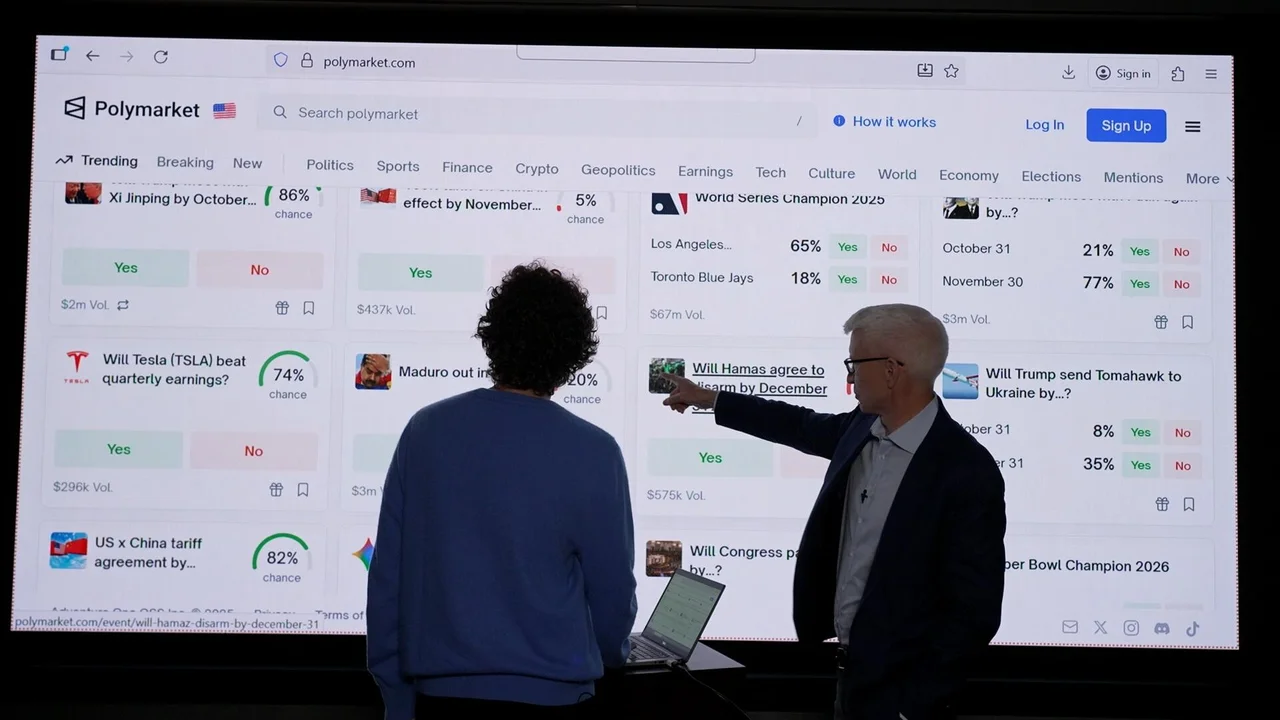The Center Game: How To Gain Unfair Advantage In Business

The game of Chess has been around for centuries, and whether you play it or not, it’s worth knowing that a common chess strategy can give you an unfair business advantage. That strategy is known as the Center Game.
“The Center in the Game of Chess refers to the four inner and four outer squares on the center of the chess board.”
The Center holds a strategic advantage in the game. Just like in medieval battles where soldiers clash with each other, most of the action takes place in the center of the battlefield. Whoever controls the center has the upper hand or, you can say, an unfair advantage in the battle. The advantage of winning the center game, whether in chess or business, is control.
As you will soon see from the example below, control is everything. And it is the reason why many companies form allies or integrate vertically. American businessman and industrialist John D. Rockefeller is one of the brightest business minds and one of the wealthiest people who walked the earth. His understanding and application of the Center Game played an important role in his success.
Vertical integration is a strategy that involves growth through the acquisition of a producer, vendor, supplier, distributor, or other related company that the acquirer may already be doing business with.
[Source]
>>>
In 1881, John D. Rockefeller combined Standard Oil and 39 allied companies to form the Standard Oil Trust. His aim was not monopoly. Linked by financial ties, the companies in the Trust already controlled close to 90% of the kerosene produced in the United States.
Rockefeller’s goal was the cost advantages that could only be realized by placing the companies’ refining facilities under a single management.
Quickly, the Trust’s management concentrated close to one-quarter of the world’s production into three 6,000 barrel-a-day refineries. Thanks to economies of scale, the unit cost per gallon dropped from 2.5 cents in 1879 to 0.5 cents in 1884 and to 0.4 cents in 1885.
With this fivefold reduction in costs, Standard Oil could undersell kerosene made from Russian oil in Europe and kerosene made from Southeast Asian oil in China and still generate profits that created at least three of the world’s largest industrial fortunes. Its successor, Exxon, remains the nation’s biggest oil company.
<<<
Once he had successfully formed the Trust, Rockefeller was able to get better control of all other aspects of his business. In his book “The Invisible Hand”, Alfred Chandler explained how forming the Trust gave Rockefeller an unfair advantage over the competition. According to the Author;
>>>
“He and his associates then decided to obtain the cooperation of its rivals by relying on the economic power provided by their high-volume, low-cost operation.
They began by asking the Lake Shore Railroad to reduce its rates from $2 to $1.35 a barrel on Standard Oil shipments between Cleveland and New York City if Standard provided sixty carloads a day, every day.
The road’s general manager quickly accepted, for assured traffic in such high volume meant he could schedule the use of his equipment much more efficiently and so lose nothing by the reduced rate. Indeed, the general manager, somewhat gratuitously, offered the same rates to any other oil refiner shipping the same volume.”
<<<
But Rockefeller was not the only one who understood and used this strategy. According to an HBR article titled “The Enduring Logic of Industrial Success”, the secret behind the success of the world’s oldest and largest chemical companies can be traced back to a similar strategy.
So you are a small business owner with no resources to buy up or down (integrate vertically) the supply chain, what do you do then? One thing you can do is form a strategic business alliance. Strategic alliances are mutually beneficial partnerships between two or more businesses that work together to achieve common goals
There are several benefits to having an ally in business, having more access and control are at the top of the list. There are also the added benefits of being able to lower costs and increase ROI, all while reducing risk. Here is a checklist of things to do if you are considering going into a strategic alliance.
Identifying compatible partners
Warren Buffet described his friend and business partner Charlie Munger in many ways; right-hand man, part older brother, part loving father, and the greatest business partner. Their relationship which lasted for about 64 years is certainly every entrepreneur’s dream because it shows that both Charlie and Buffet are compatible.
This doesn’t mean they didn’t have a difference of opinion. Compatibility is the ability of two things to work together. In business, that means finding somebody who you can work with comfortably even when there’s a disagreement or difference of opinion.
It’s about mutual respect, commitment and friendship. It is like finding a soulmate in business. If you find such a person, then you are one step closer to winning.
Communicate effectively
Business negotiations are as effective as the communication skills of the negotiator. If you’re on the hunt for a business ally, then you need to develop effective communication skills. This will help eliminate ambiguity and confusion especially when presenting your value proposition.
Since communication is such a vital skill for winning in business, it is a good thing that it can be learned. Steve Jobs was highly regarded for his communication skills, so much so that Bill Gates confessed being jealous of him.
Have clear value propositions
Value proposition is a statement that explains why consumers should patronize your business or product over the competition. Switch over the word consumer for a business partner. What benefits does allying with you provide? This is the one question you need to answer before going in search of business allies.
When you have the answer, that becomes your value proposition. It is easier to convince someone to join your team when they can see the benefit of doing so. One good point to remember is that having a clear value proposition requires setting clear and practical goals.
Monitor your progress
After you have set all the pieces in motion, the final step to winning the center game is monitoring your progress. It is not a goal if you can’t track it. Keeping track of your progress, also keeps you motivated and focused.
Without tracking your progress, you won’t know how far you’ve come, or what’s left to be done. Also, monitoring your progress helps to keep your allies invested since they can see the results of partnering with you.
In Conclusion
While the move of taking control of the center board is a common chess strategy, few entrepreneurs understand how to implement this in the business world. One thing to remember when trying to use this strategy is that you need allies.
To get allies, you need to know how to identify compatible partners. Learn how to communicate effectively, have clear value proposition and monitor your progress.
FAQs: The Center Game: How To Gain Unfair Advantage In Business
The "Center Game" in chess refers to a strategy focused on controlling the central squares of the board, which provide a tactical advantage. In business, this concept translates to controlling critical resources, supply chains, or strategic partnerships, offering dominance and long-term growth potential. John D. Rockefeller's use of vertical integration through the Standard Oil Trust is a prime example of this concept applied in real-world business strategies.
Rockefeller used vertical integration to consolidate Standard Oil and 39 allied companies, gaining control of refining, distribution, and supply chains. This allowed him to reduce production costs drastically, negotiate favorable transportation rates, and achieve economies of scale. By controlling major aspects of the oil industry, Rockefeller secured a significant competitive edge and built one of the most successful companies in history.
Vertical integration represents the "Center Game" because it provides control over multiple stages of the supply chain, enabling a company to reduce costs, improve efficiency, and hinder competitors' growth. By managing everything from production to distribution, businesses can take control of the "center" of their operational ecosystem, much like in chess.
A strategic business alliance is a collaboration between two or more businesses to achieve shared objectives, such as reducing costs, increasing market access, or minimizing risks. For small businesses with limited resources, forming alliances can help them gain the necessary control and leverage to stay competitive, even without full vertical integration.
To identify a compatible partner, small businesses should look for shared values, mutual goals, and a proven track record of reliability. Compatibility includes the ability to work together effectively, even in the face of disagreements, and mutual respect is essential for long-term success. Studying examples like Warren Buffet and Charlie Munger's partnership offers practical insights.
Effective communication is critical to eliminating misunderstandings, presenting clear value propositions, and fostering trust between partners. It ensures that all parties are aligned on goals and expectations. Good communication skills can be developed and are essential during negotiations and when maintaining ongoing collaborations in a partnership.
A value proposition is a clear statement explaining the benefits that a partner or customer will gain from choosing your business. In the context of forming alliances, a strong value proposition highlights the tangible advantages of collaboration, such as increased revenues, reduced costs, or access to new markets, making it easier to attract and secure a partner.
Monitoring progress helps track key performance indicators, identify successes, and address any issues early on. It ensures that both parties stay motivated and invested in the partnership, reinforces trust, and provides data to evaluate whether the alliance is meeting its objectives. Regular reviews can also help refine strategies for continued success.
Yes, many modern companies utilize the "Center Game" strategy. For instance, Amazon's control over its supply chain, logistics, and distribution centers mirrors Rockefeller's approach. By owning multiple stages of its operations, Amazon can lower costs, offer faster delivery, and dominate the e-commerce market, much like controlling the center in chess.
Entrepreneurs can learn to focus on strategic positioning, proactive planning, and controlling critical areas of their business. Much like in chess, anticipating moves, aligning resources, and forming alliances are essential to gain an advantage. By viewing business challenges as a chessboard, entrepreneurs can make calculated decisions to outmaneuver competitors and capture opportunities.

square.jpg)










